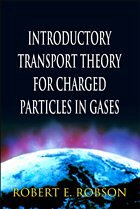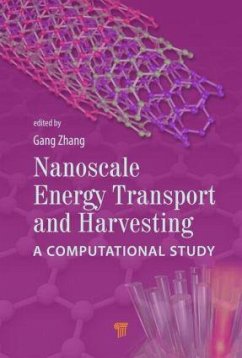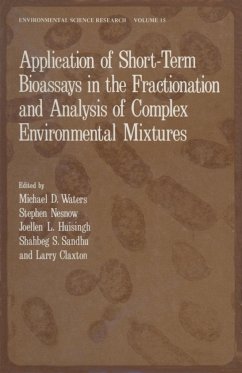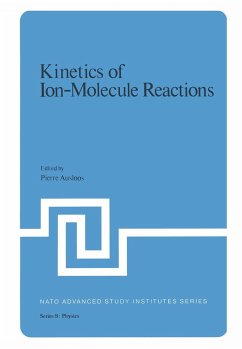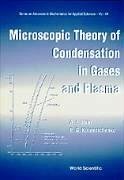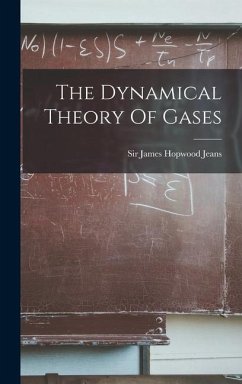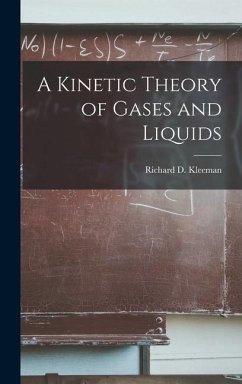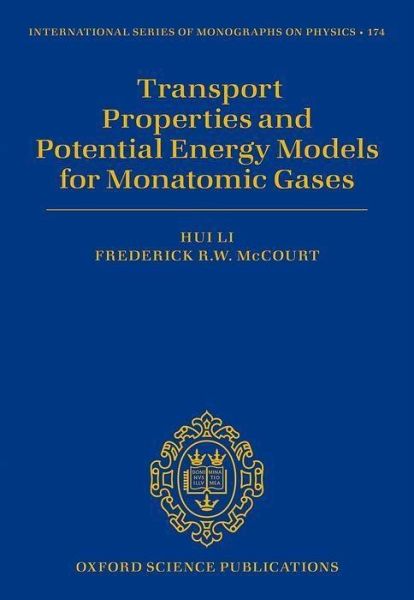
Transport Properties and Potential Energy Models for Monatomic Gases

PAYBACK Punkte
64 °P sammeln!
This book offers extensive knowledge and practical guidance for readers working on non-equilibrium phenomena. The book can also serve as supplementary reference for a course of non-equilibrium statistical mechanics.




